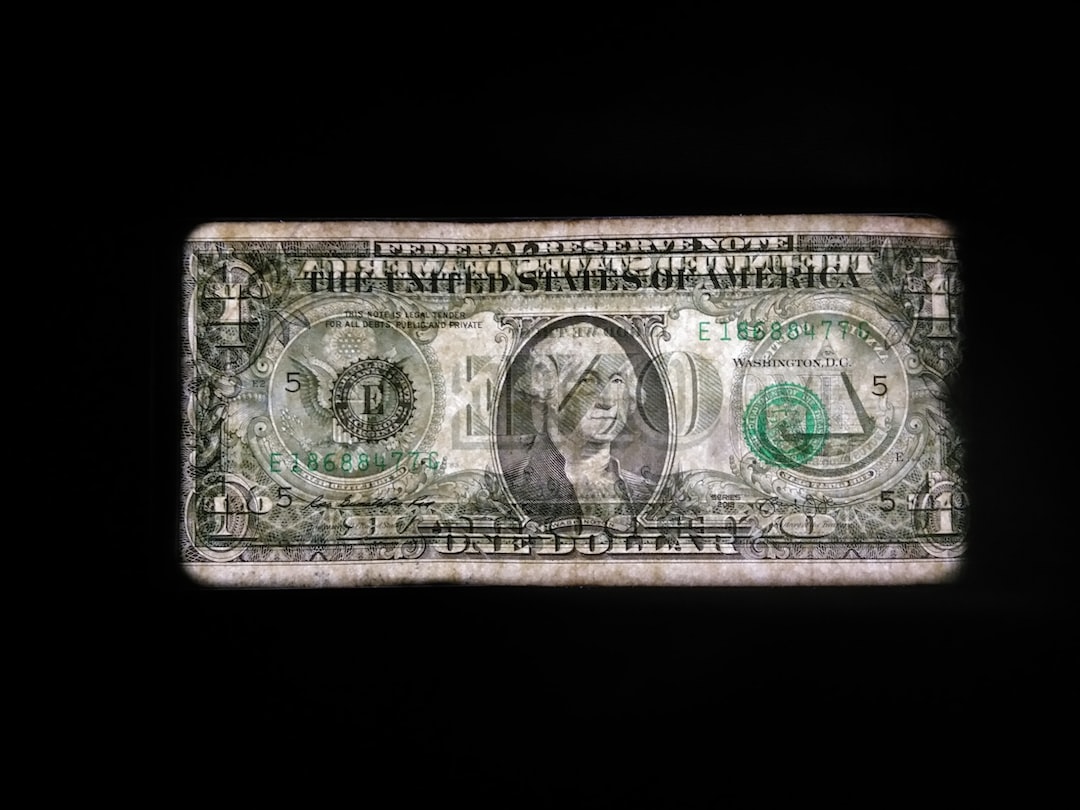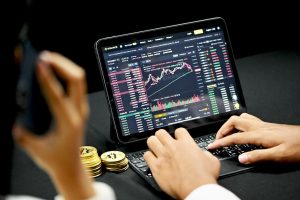Forex trading has become increasingly popular in recent years as it provides a platform for investors to trade currencies from all over the world. With so many traders participating in the market, it’s essential to understand the various indicators used to analyze market trends and make informed trading decisions.
There are several types of indicators used in the forex market, ranging from simple moving averages to complex technical analysis tools. Understanding how these indicators work and how to use them can help traders make better decisions and ultimately profit from their trades.
Moving Averages
The moving average is one of the most commonly used indicators in the forex market. It is used to identify trends and to determine the direction of the market. A moving average is simply the average price of a currency pair over a specified period. The most common moving averages used in forex trading are the 50-day, 100-day, and 200-day moving averages.
Relative Strength Index (RSI)
The Relative Strength Index (RSI) is another popular indicator used in forex trading. The RSI measures the strength of a currency pair’s price action by comparing the average gains to the average losses over a set time period. A reading above 70 indicates that a currency pair is overbought, while a reading below 30 indicates that it is oversold.
Bollinger Bands
Bollinger Bands are a technical analysis tool used to measure market volatility. They consist of three lines: a moving average, an upper band, and a lower band. The upper and lower bands are calculated by adding and subtracting a multiple of the standard deviation from the moving average. When the price of a currency pair moves above or below the bands, it is considered to be a signal of a potential trend reversal.
Moving Average Convergence Divergence (MACD)
The Moving Average Convergence Divergence (MACD) is a technical analysis tool that measures the difference between two exponential moving averages. The MACD is calculated by subtracting the 26-day exponential moving average from the 12-day exponential moving average. A signal line, which is a 9-day exponential moving average, is then plotted on top of the MACD. When the MACD crosses above the signal line, it is considered a bullish signal, while a bearish signal is given when the MACD crosses below the signal line.
Fibonacci Retracements
Fibonacci retracements are a technical analysis tool used to identify potential areas of support and resistance. These levels are based on the Fibonacci sequence and are calculated by dividing the vertical distance between two price points by the key Fibonacci ratios of 23.6%, 38.2%, 50%, 61.8%, and 100%. Traders use these levels to determine where to enter or exit trades.
Stochastic Oscillator
The Stochastic Oscillator is a momentum indicator used to measure the strength of a currency pair’s price action. The Stochastic Oscillator compares the closing price of a currency pair to its price range over a set time period. A reading above 80 indicates that a currency pair is overbought, while a reading below 20 indicates that it is oversold.
Conclusion
In conclusion, understanding the various indicators used in forex trading is essential for traders looking to make informed decisions. These indicators range from simple moving averages to complex technical analysis tools like Fibonacci retracements and Bollinger Bands. By understanding how these indicators work and how to use them, traders can improve their chances of making profitable trades in the forex market.





